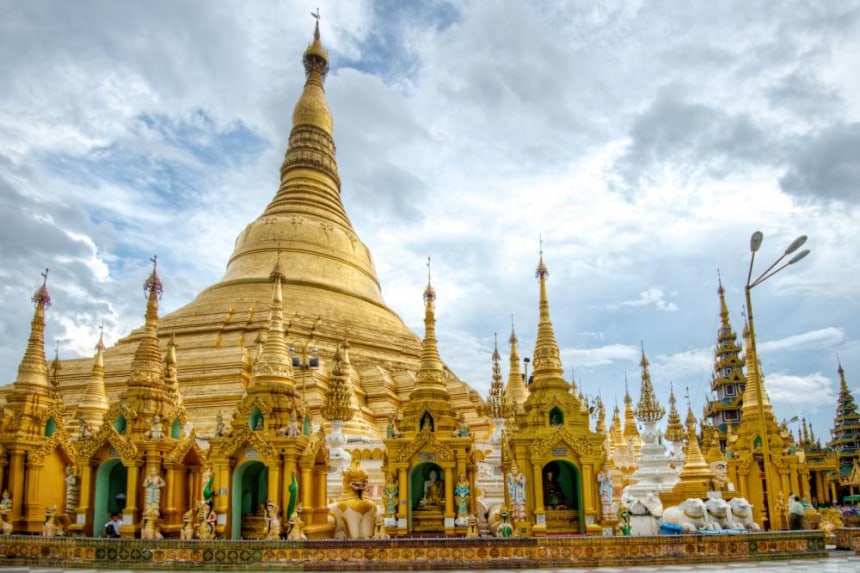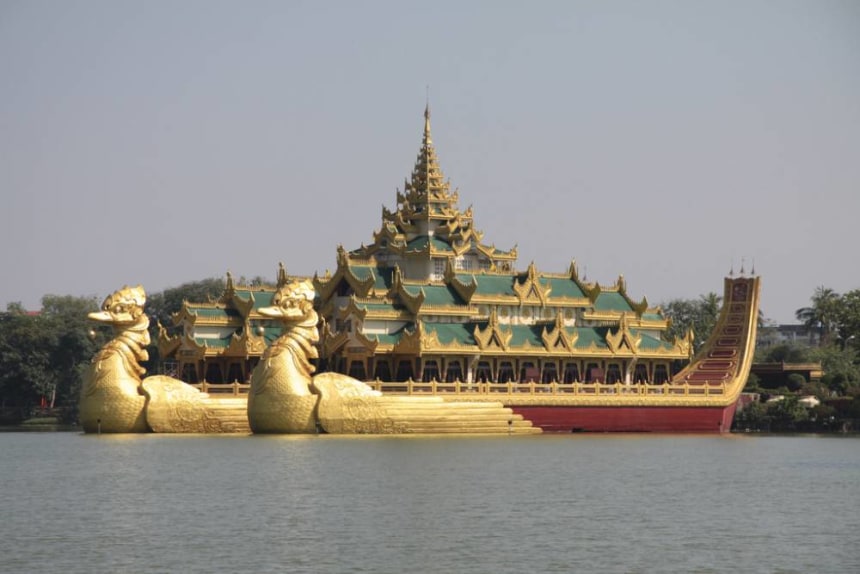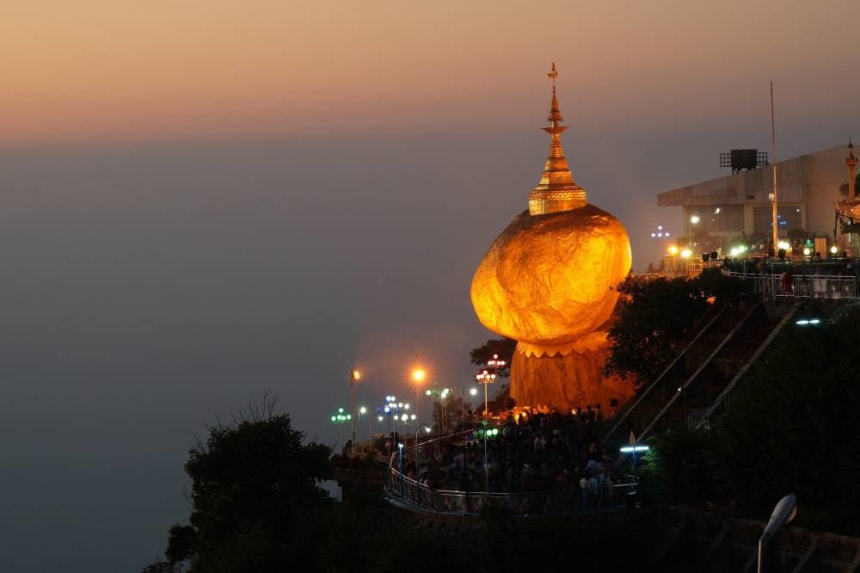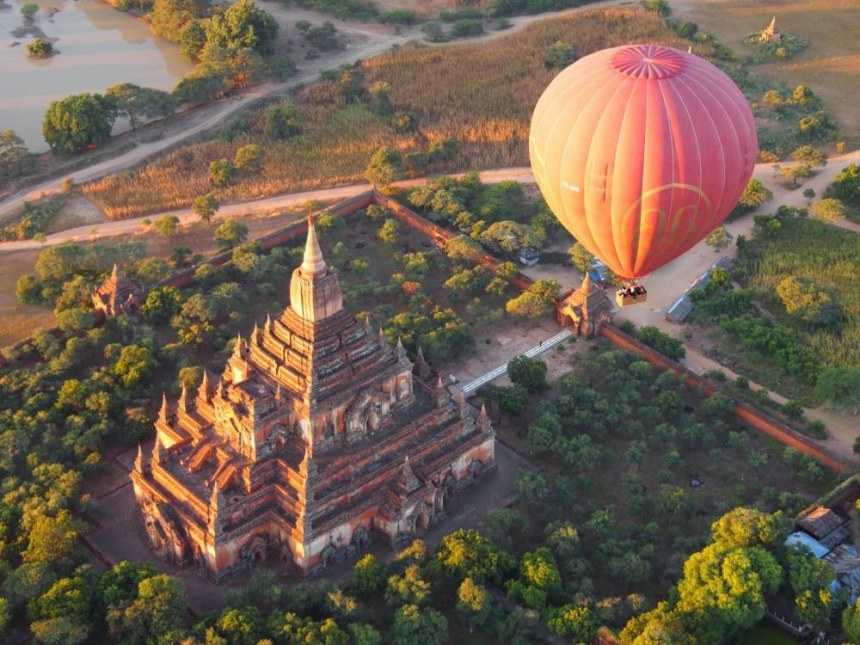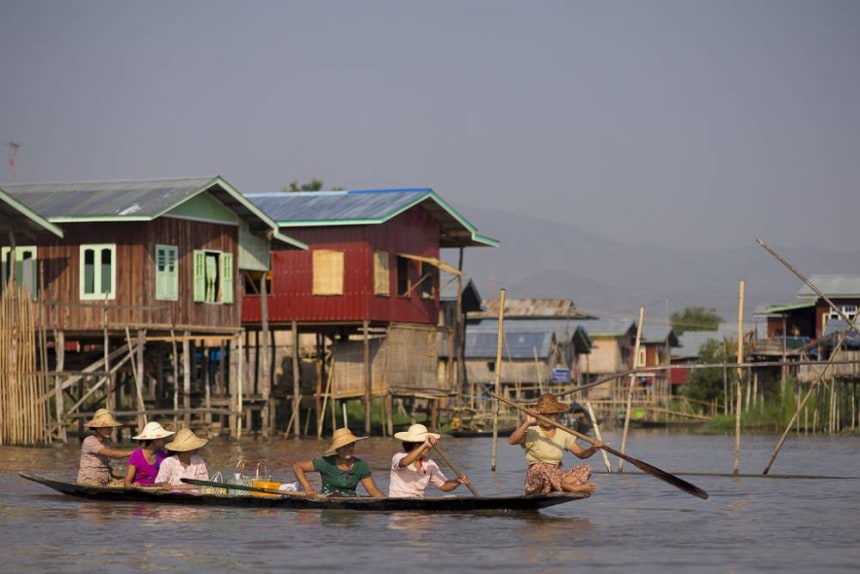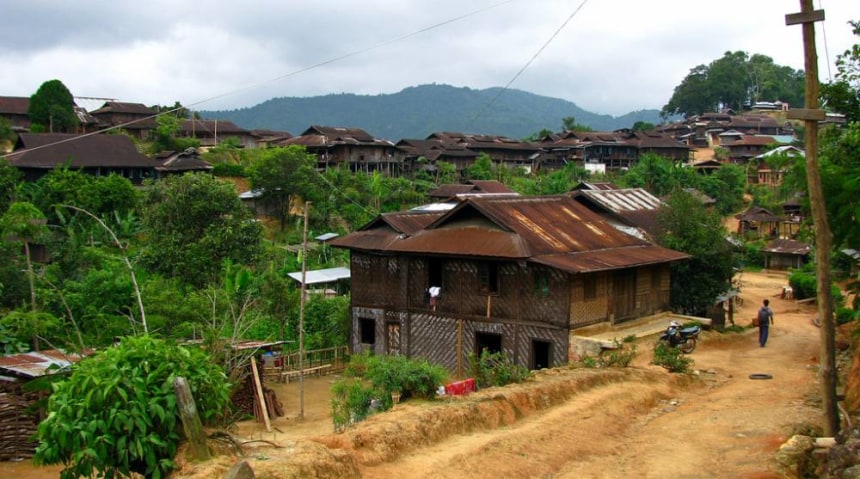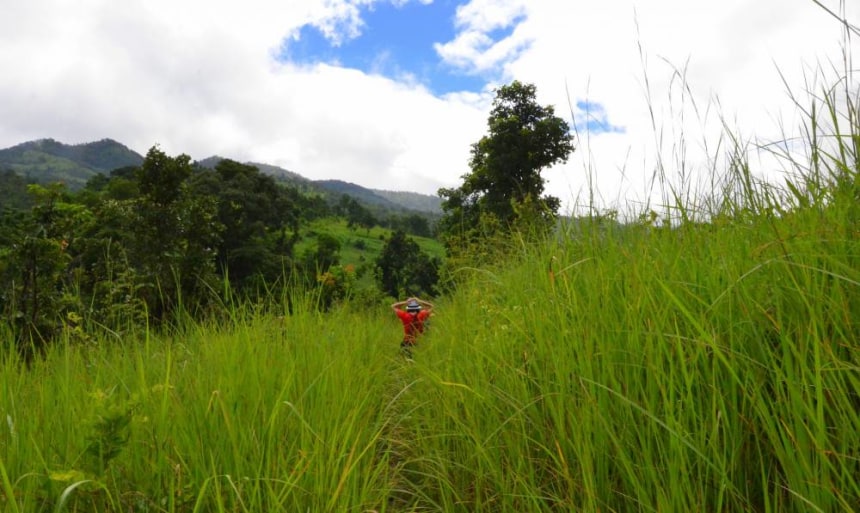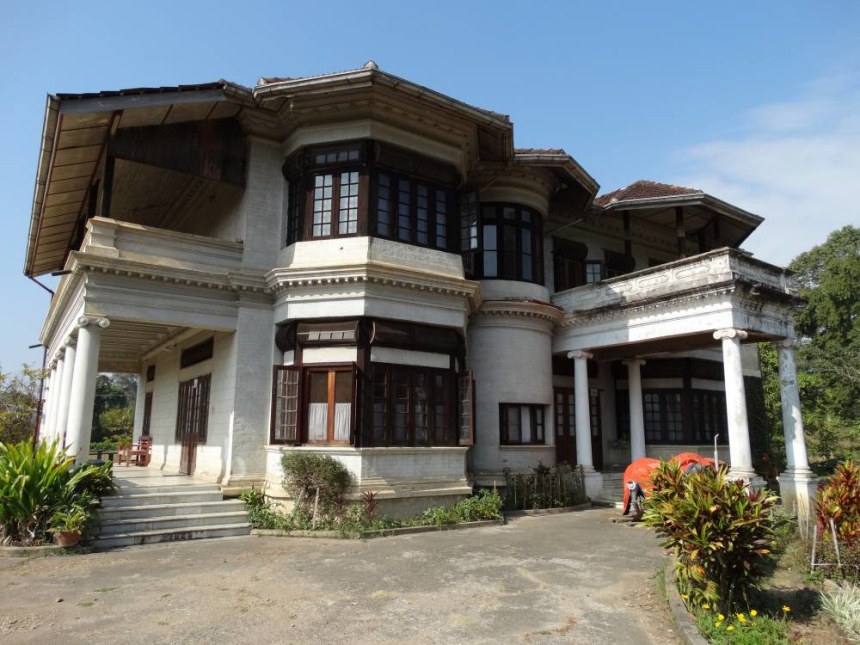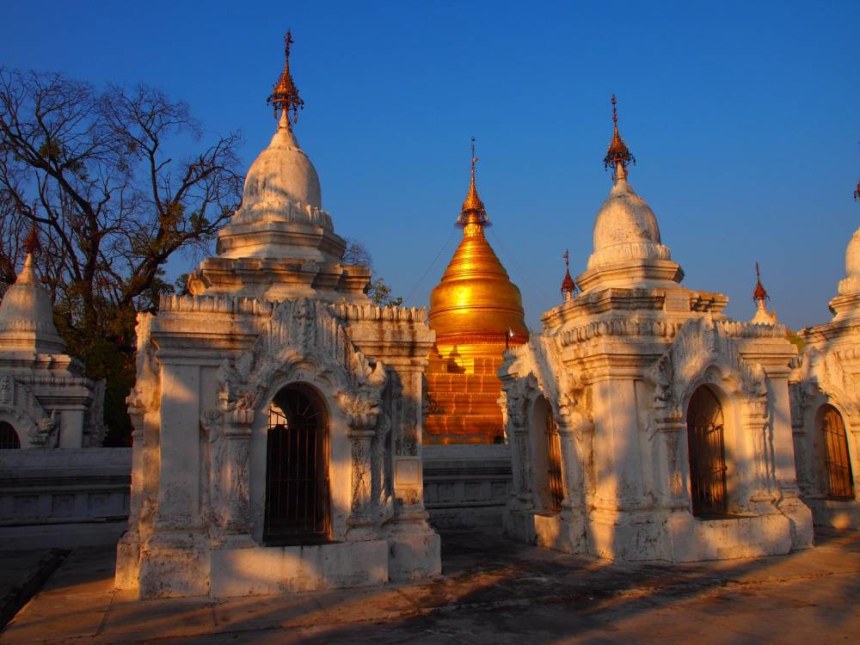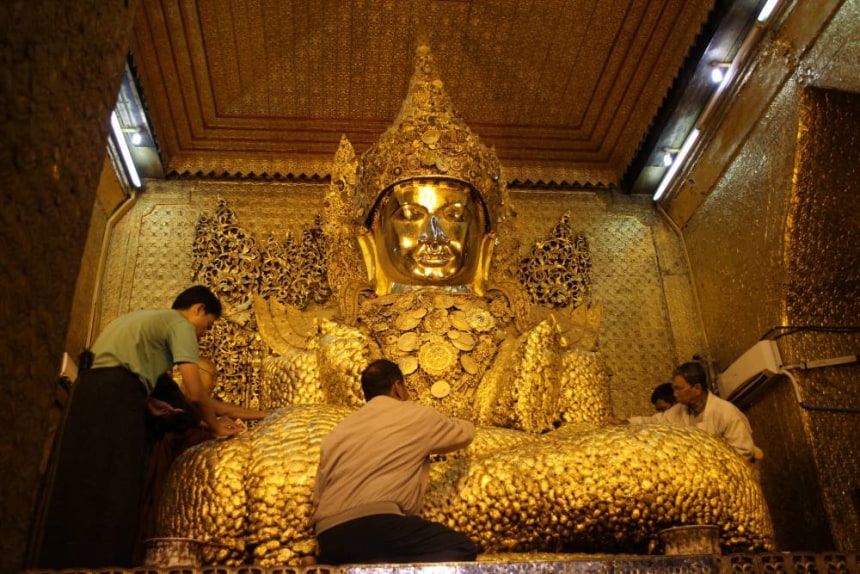| 6 mins read
By Joseph Francis
Emerging from decades of political strife and upheaval, the enigmatic and still largely unexplored nation of Myanmar (erstwhile Burma) is now entering the same fold as a tourist hotspot as Thailand, Vietnam and the rest of Southeast Asia. More and more travelers head to its sultry climes on the panhandle on the Bay of Bengal, to explore its hidden gems, enthralling character and breathtaking attractions.
Here is a Myanmar tour guide that covers the range from the highlands of the north to the great channels and meanders of the Irrawaddy River, the undulating peaks of the Shan Hills to the cities, towns and flatlands that meet the Indian Ocean and the Andaman Sea in the south. Along the way, be prepared to be dazzled by shimmering golden temples, countless stupas in mind-boggling Bagan, mysterious religious relics on Kyaiktiyo Mount and some of the most buzzing and wondrous cities in the region.
Day 1 & 2: Yangon
Start your travels in Myanmar by touching down in the country’s largest city and onetime capital: Yangon. Sprawling and energetic, and home to no fewer than six million Burmese people, this city will take at least two days to explore in full.
Begin by heading for the sparkling golden outline of the great Shwedagon Pagoda, the holiest Buddhist site in the country and the dominating feature on the metropolis’s skyline by a stretch. Thought to have been constructed sometime in the 6th century by the Mon tribespeople, the location also houses sacred relics like the robe of Kassapa and hair from the head of Gautama Buddha.
On your second day in the former capital, head into the downtown districts that cluster around the Shwedagon hill to have your Yangon tour guide show you around the city’s wealth of pretty colonial architecture (arguably the best preserved in all of Southeast Asia). Stroll through the gardens lining the recently-renovated Kandawgyi Lake and see the elegant royal boat replicas from the boardwalk. Then, check out the sepulchre of the Mughal emperor Bahadur Shah Zafar and finish off with a bout of Myanmar’s famous street food from the stalls on buzzing Anawratha Road after dark.
Day 3: Kyaiktiyo Pagoda
Leave the big city and make a beeline for the revered Golden Rock Pagoda on day three of your trip. The site has a lot to explore, from the precariously perched boulder of the Golden Rock that’s thought to be balanced on a strand of Buddha’s hair, to a glimmering pagoda and its collection of viewing platforms and panoramic walkways. It’s possible to hire a Kyaiktiyo tour guide from the nearby town of the same name found nestled at the base of the mountains, around five kilometers from the site proper.
Day 4: Bagan
Day four sees your arrival in the bucket-list historic town of Bagan (usually by morning, after a lengthy night bus up from the south). Once the epicentre of the Pagan Kingdom that dominated central Myanmar in the 11th and 12th centuries, the ancient town is now hailed as one of the great wonders of the country; famed for its wealth of temples and stupas (which exceeds more than 10,000 individual builds!). At the sprawling Bagan Archaeological Zone, discover the reconstructed likes of the Ananda Temple and the Dhammayazika Pagoda of the 12th century. Hot air balloon excursions are becoming increasingly popular here, as they allow travelers to take in panoramic views of the site from above.
Day 5: Inle Lake
From Bagan, travelers strike eastwards to the banks of bucolic, down-to-earth Inle Lake. This rustic and majestically beautiful body of water still plays host to Myanmar’s age-old bamboo villages, which poke their way out over the surface and showcase a variety of tribal traditions. Start the day with a boat trip across Inle itself, weaving between the bobbing fishing boats of the locals (wondering at their unique rowing and catching methods) and visiting the southern village of Sankar – a picture of age-old lakeside life in these parts.
Day 6: Kalaw
After exploring the waters of Inle, head a little inland to the mountain retreat of Kalaw amidst the ridges of the Shan Hills. This charming and accessible town is great for escaping the heat of the lowlands and comes complete with bustling craft markets and earthy teashops. It’s also a great place to rest and recuperate before heading for some trekking in the surrounding province, while sights like the Tein Taung panorama, the Myoma Monastery and the various elephant camps around town mean that Kalaw has plenty to keep visitors busy.
Day 7 & 8: the Shan Hills and Hsipaw
Days 7 and 8 are high time to wax up the walking boots and hit the trails of the Shan Hills, now arguably Myanmar’s most famous trekking and outdoors travel destination. Rustic bamboo villages and local cultural encounters will dominate the routes around the town of Hsipaw, with highlights in the hamlet of Pankam, with its smiling locals and surrounding waterfalls. Expect dramatic landscapes of jungle-clad valleys and gushing cataracts, sweeping meadows of grass and rice paddies, all crisscrossed by well honed hiking paths and maintained routes.
The town of Hsipaw itself is a fine place to relax and unwind after delving into the wilds of the Shan Hills; travellers can seek out sights like the Shan Palace and the awesome Bawgyo Paya, and wonder at the sunset from the tops of the Five Buddha Hill (around 2 kilometers from the center).
Day 9 & 10: Mandalay
Sprawled out over the banks of the Irrawaddy River right in the middle of Myanmar, Mandalay has long been a city synonymous with the mystery of the Far East. Packed to the brim with cultural must-sees and religious sites, this one should take travelers two or more days to check off the list.
Aside from the various pagodas and stupas of Mandalay Hill and the enthralling Royal Palace in the city’s heart, be sure to see the great Maha Myat Muni Paya, the second most revered religious site for Buddhists in Myanmar. This rises amidst the southern streets of the city center and plays host to the totemic Mahamuni Buddha image; a symphony of gold and bronze that’s considered one of the utmost holy icons in the country.
Joseph ‘Rich’ Francis is a freelance travel writer who has travelled extensively in Asia and Europe. He particularly enjoys the jazz bars of Poland, the ski slopes of Austria and the beaches and cities of India.
Image Details and Licences: https://flic.kr/p/nBdmpu (Eugene Phoen, CC BY-NC-ND 2.0), https://flic.kr/p/9h3mN7 (Terry Feuerborn, CC BY-NC 2.0), https://flic.kr/p/kmT8Vu (Romain Pontida, CC BY-SA 2.0), https://flic.kr/p/iWmCt7 (Paul Arps, CC BY 2.0), https://flic.kr/p/zUbXrV (Eric Montfort, CC BY-NC-ND 2.0), https://flic.kr/p/9Y8qNS (Samuli Kangaslampi, CC BY-NC-ND 2.0), https://flic.kr/p/gjXDhx (Prashant Ram, CC BY-ND 2.0), https://flic.kr/p/jCaXVW (Adam Jones, CC BY-SA 2.0), https://flic.kr/p/iYnZbT (Paul Arps, CC BY 2.0), https://flic.kr/p/dBu2MN (Kirk Siang, CC BY-NC-ND 2.0)


